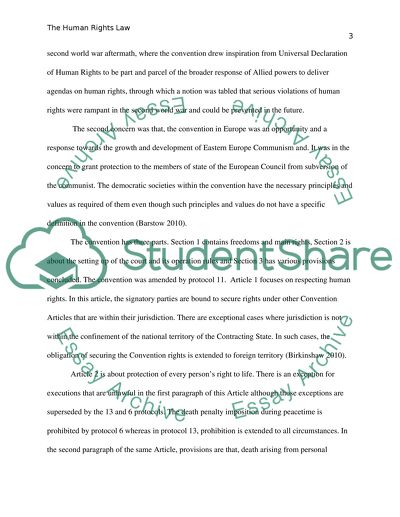Cite this document
(“HUMAN RIGHTS LAW Assignment Example | Topics and Well Written Essays - 2250 words”, n.d.)
Retrieved from https://studentshare.org/law/1593531-human-rights-law
Retrieved from https://studentshare.org/law/1593531-human-rights-law
(HUMAN RIGHTS LAW Assignment Example | Topics and Well Written Essays - 2250 Words)
https://studentshare.org/law/1593531-human-rights-law.
https://studentshare.org/law/1593531-human-rights-law.
“HUMAN RIGHTS LAW Assignment Example | Topics and Well Written Essays - 2250 Words”, n.d. https://studentshare.org/law/1593531-human-rights-law.


